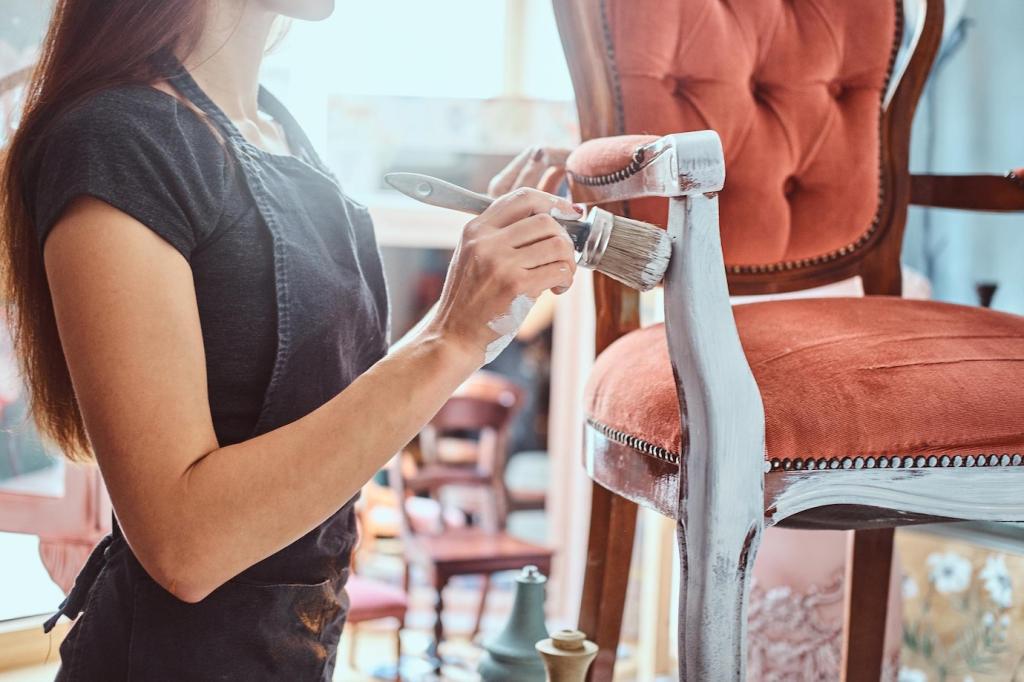Reviving Elegance: Upholstery Restoration for Vintage Chairs
Chosen theme: Upholstery Restoration for Vintage Chairs. Step into the craft of bringing beloved seating back to life with empathy, skill, and historically mindful choices. Explore techniques, stories, and practical advice—and join our community by subscribing and sharing your restoration questions.
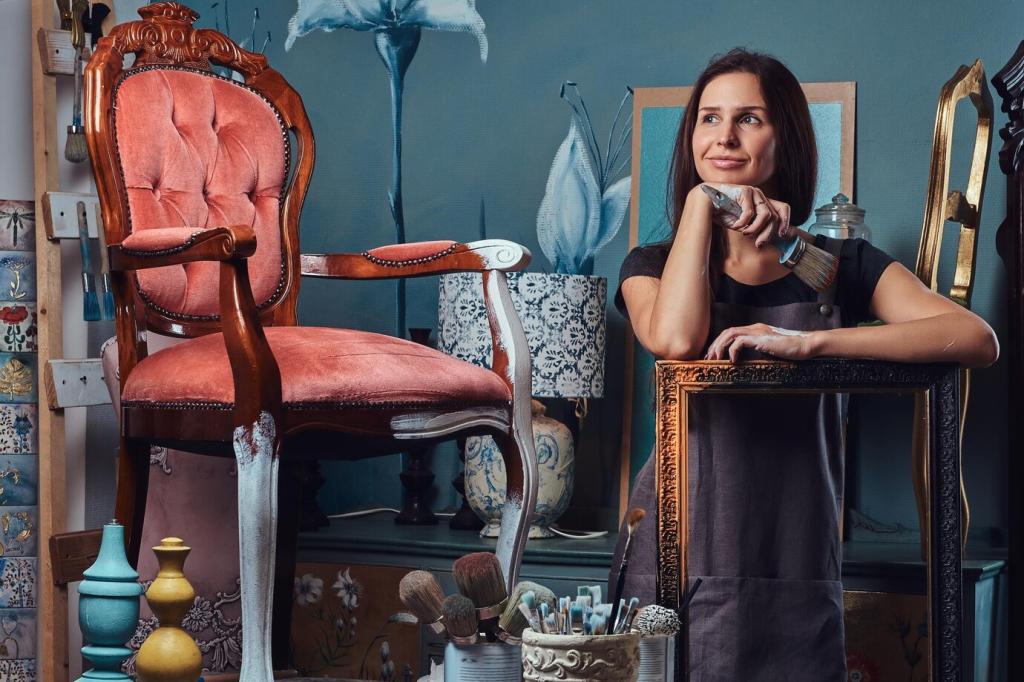
Fabrics Through Time: Reading History in Every Thread
Many vintage chairs were padded with horsehair, cotton batting, and coir layered over jute webbing. Today’s restorers often blend tradition with discreet modern comforts, like high-resilience foam under natural batting. What combinations have you tried to balance authenticity with a cozy, supportive seat?
Tools and Setup for Thoughtful Upholstery Work
Old tacks fly, dust rises, and brittle finishes flake. Wear eye protection, a dust mask, and snug gloves. Vacuum frequently with a HEPA filter to capture lint and horsehair. What safety routine keeps you calm and focused when tackling delicate, timeworn upholstery layers?
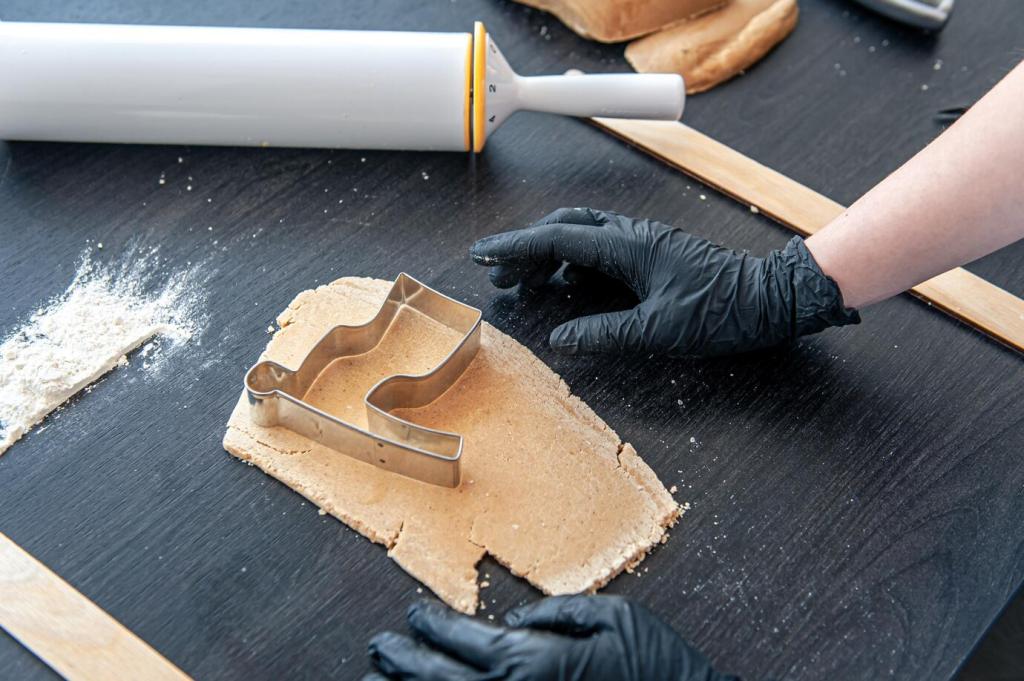
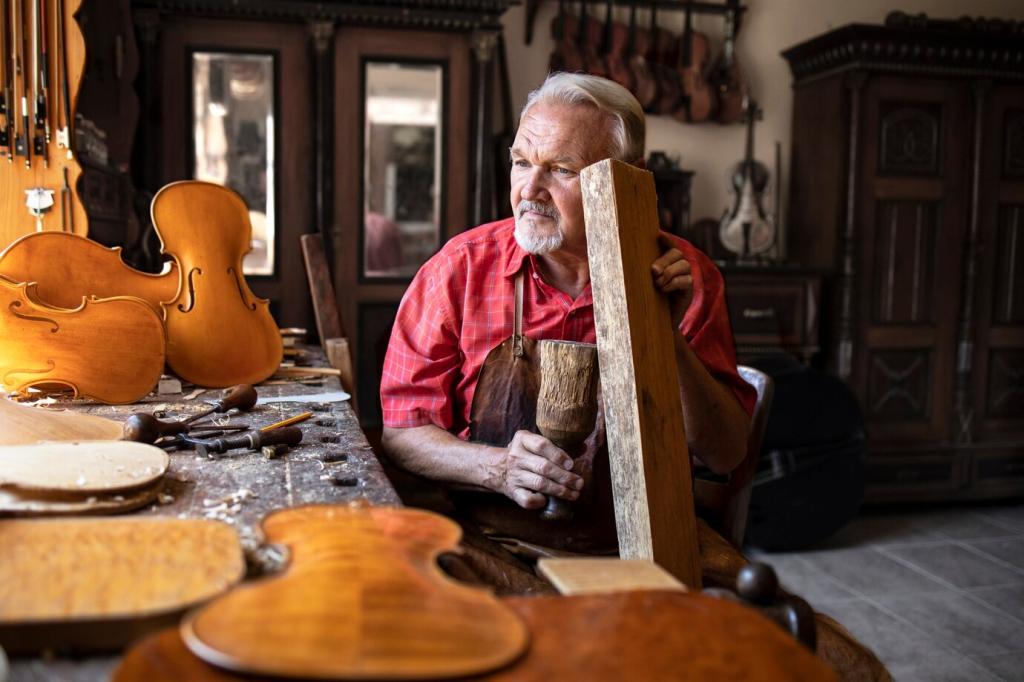
Tools and Setup for Thoughtful Upholstery Work
A tack lifter, magnetic hammer, webbing stretcher, and regulator allow precise control without scarring frames. Curved needles and linen thread handle blind stitching elegantly. Share your most trusted tool and why it earns a permanent spot on your upholstery bench.
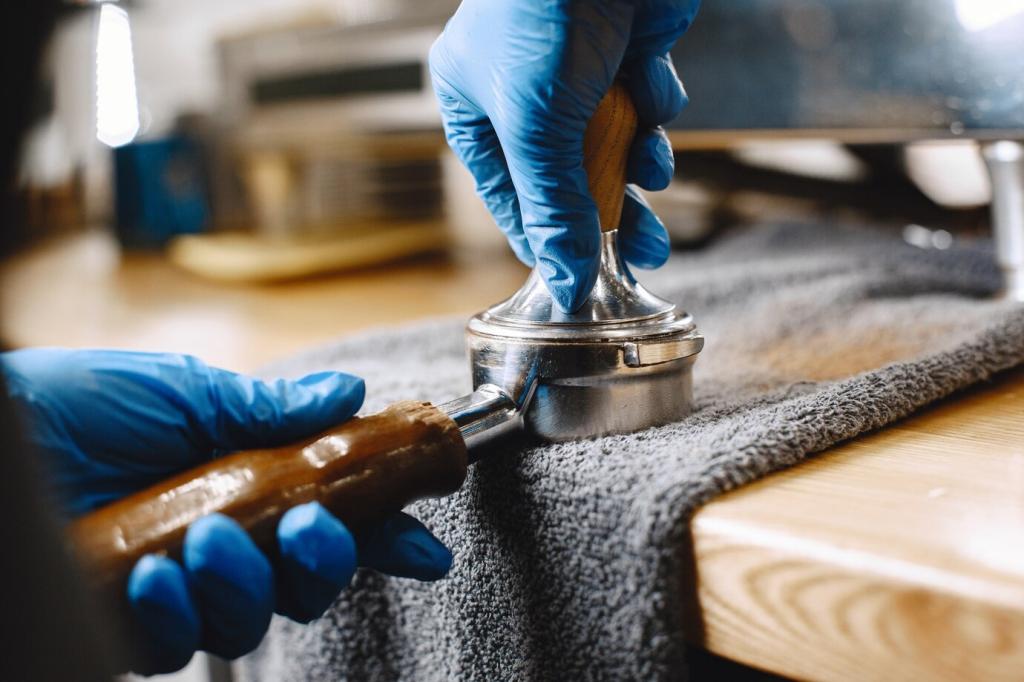
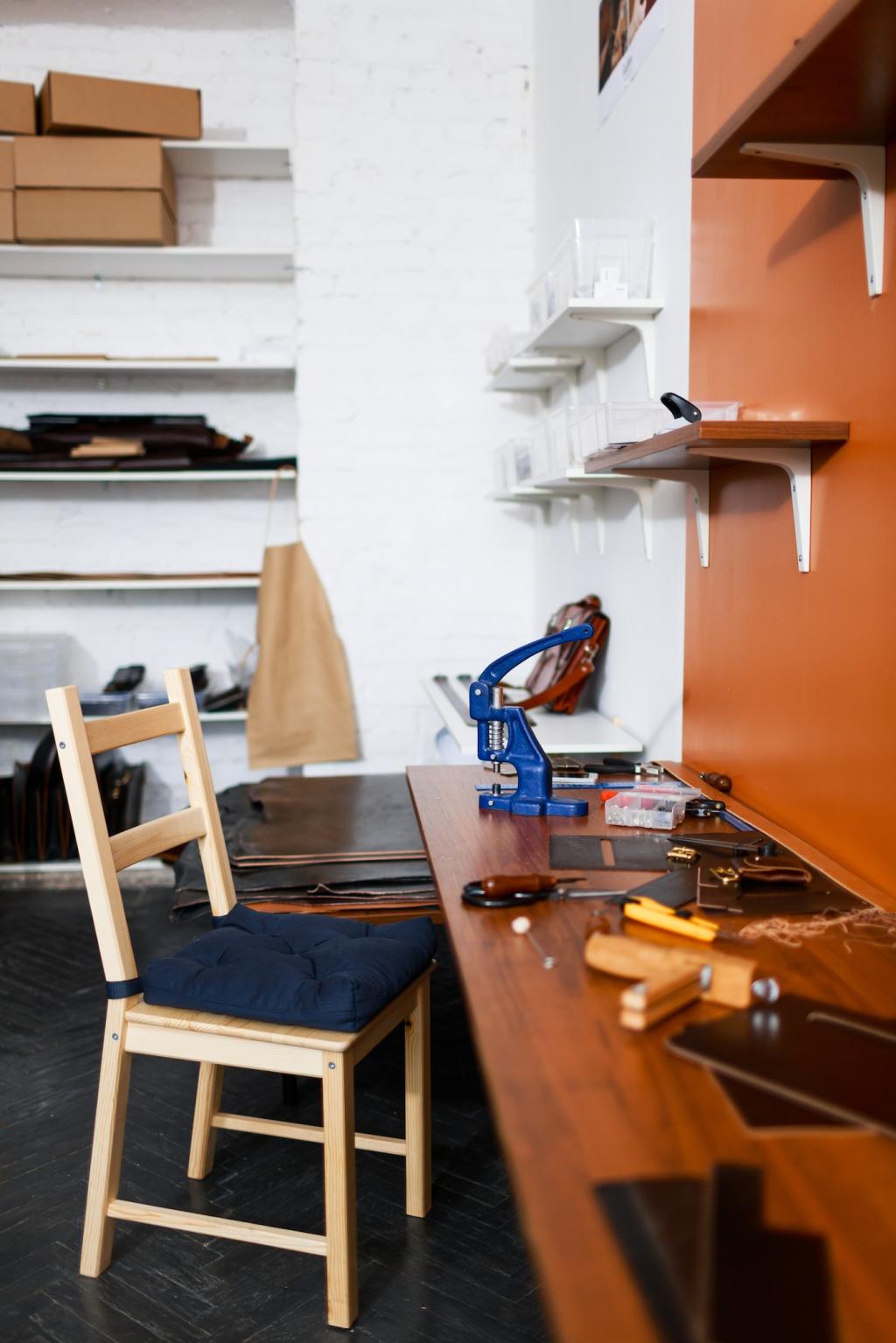
Documenting Before You Strip: The Map Back to Authenticity
Shoot the chair front, sides, back, and undersides, then capture each layer as it emerges. Note stitch paths, tack spacing, and pleat directions. These photos will be your guide when re-creating the original silhouette and crisp lines that make vintage upholstery shine.
Documenting Before You Strip: The Map Back to Authenticity
Place removed tacks, braid, and piping in labeled bags by location. Tape fabric fragments to index cards with notes about weave, shade, and orientation. Share a snapshot of your labeling system so others can keep their projects as organized and faithful as yours.
Rebuilding Comfort Without Erasing the Past
Replace sagging jute webbing with fresh jute or discreet synthetic equivalents where appropriate. Maintain the original web pattern and tension for authentic support. Do you favor traditional herringbone patterns, and how do you verify the tension feels right under seated weight?
Rebuilding Comfort Without Erasing the Past
Layer coir, cotton, or wool batting for breathable comfort, optionally floating a thin foam core for resilience. A regulator helps blend layers seamlessly. Share your favorite padding stack that looks period-correct yet invites guests to linger without noticing any modern assistance.
Rebuilding Comfort Without Erasing the Past
Cut on grain, respect pattern repeat, and test-fit with light stapling before final tacking. Steam eases corners; patient hand-stitching perfects edges. Post your most challenging corner or scroll arm and what trick finally delivered that crisp, elegant vintage profile.
Stories from the Bench: Moments that Matter
Inside a faded paisley seat, we found a folded receipt from 1957, scribbled with thread yardage. The client remembered her grandfather’s shop on that same street. Have you uncovered clues that turned a routine restoration into a family history reunion?
A gentle squeak matched the rhythm of lullabies, said the owner. We tuned the joints, preserved the creak, and refreshed the cotton batting. Sometimes restoration protects memories as much as materials. What sound or scent of upholstery brings a story alive for you?
Two mismatched dining chairs shared a twin swatch hidden under their seats. The pattern guided our re-cover, finally reuniting them aesthetically. Share your unexpected discoveries that unlocked design decisions and restored harmony to a vintage seating set.
Sunlight, Humidity, and Mindful Use
Rotate chairs away from direct sun, maintain moderate humidity, and teach gentle seating habits. Pads under feet protect floors and frames. What placement strategies have helped you preserve fabric vibrancy and wood finishes without turning your living room into a museum?
Cleaning Without Regret
Vacuum gently with a brush attachment, dab stains rather than rub, and test any solution on a hidden area. Avoid harsh chemicals that strip dyes. Share the mild cleansers that have saved your vintage textiles while keeping their hand and sheen intact.
Small Repairs, Swiftly Done
Loose braid, popped stitches, or a wandering tack are easiest to fix early. Keep matching thread, spare braid, and a few tacks on hand. What quick-repair kit lives in your drawer to prevent tiny issues from growing into major upholstery headaches?
